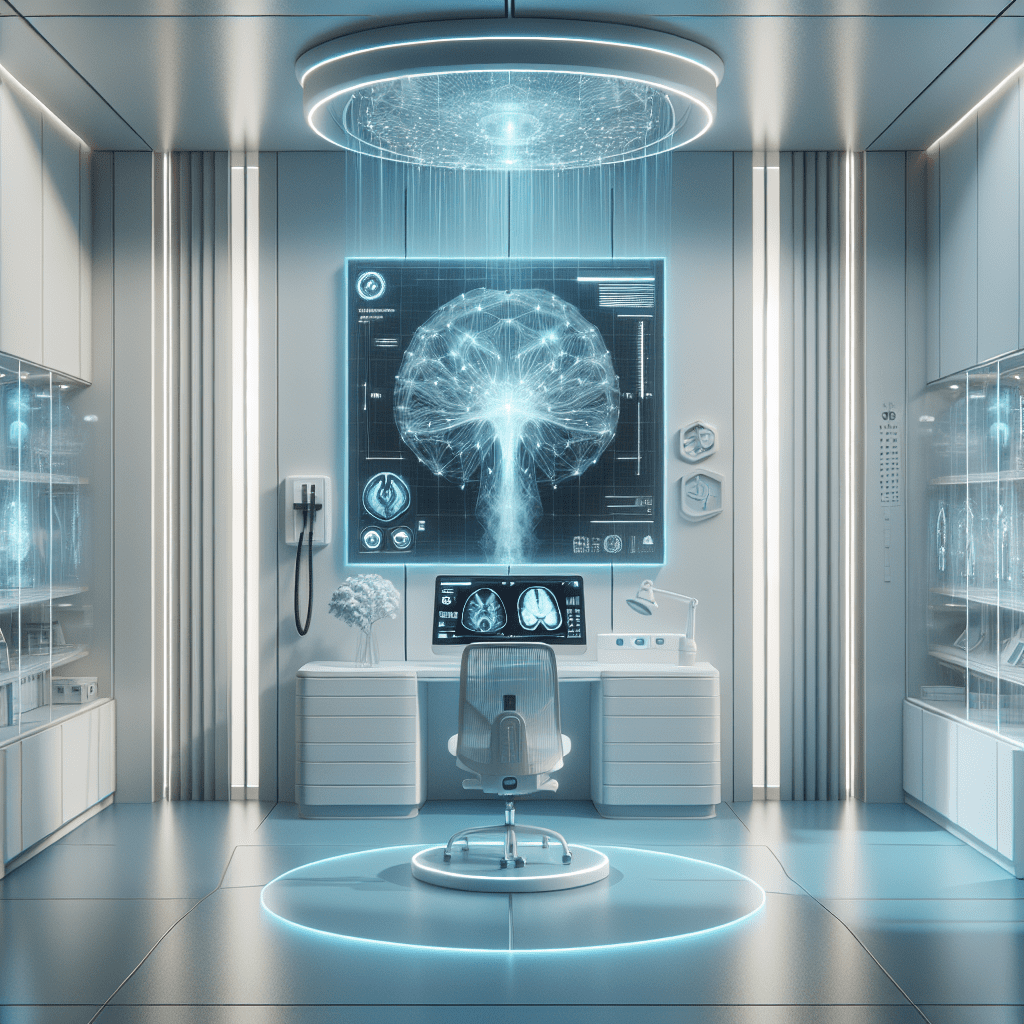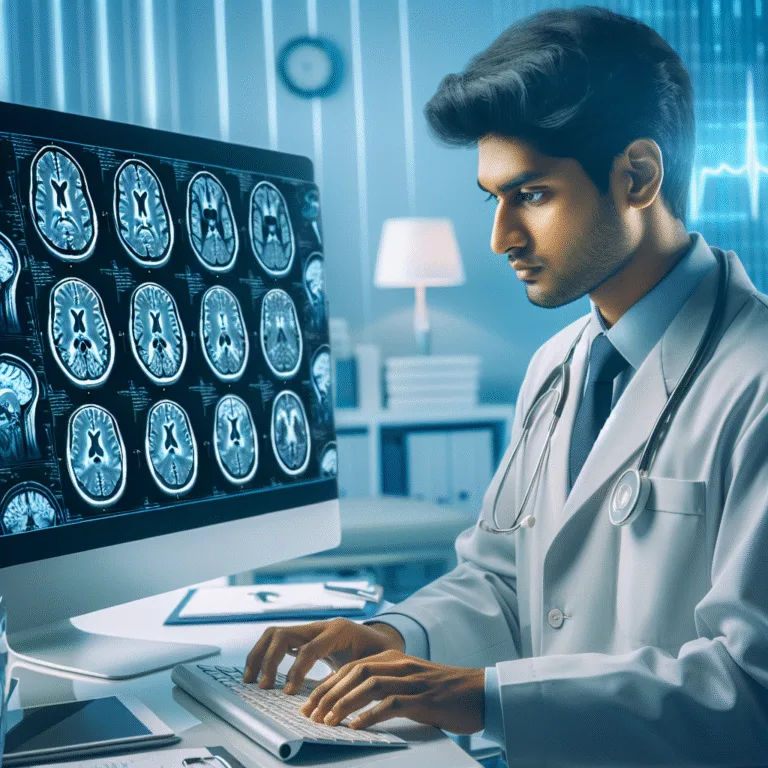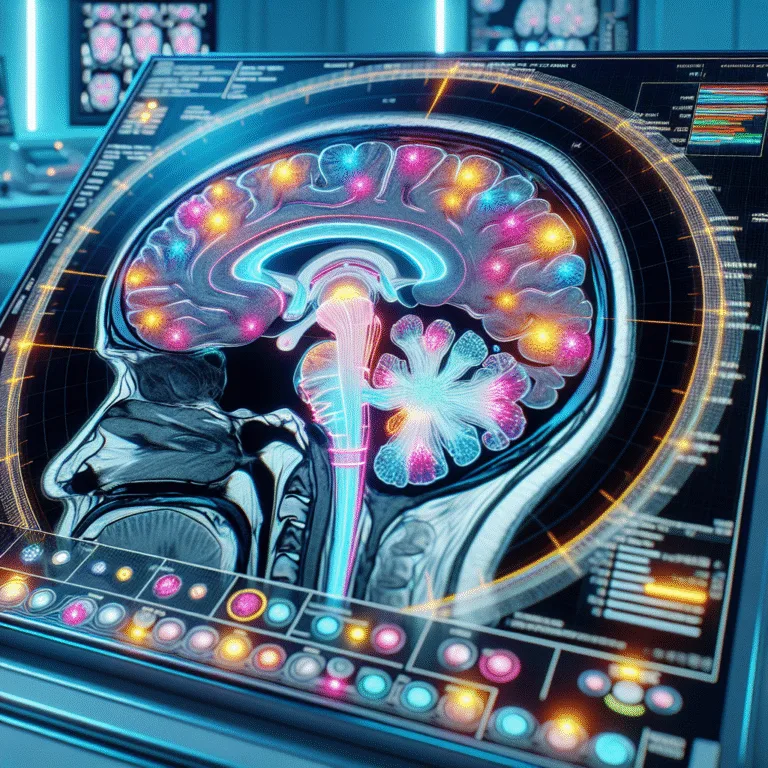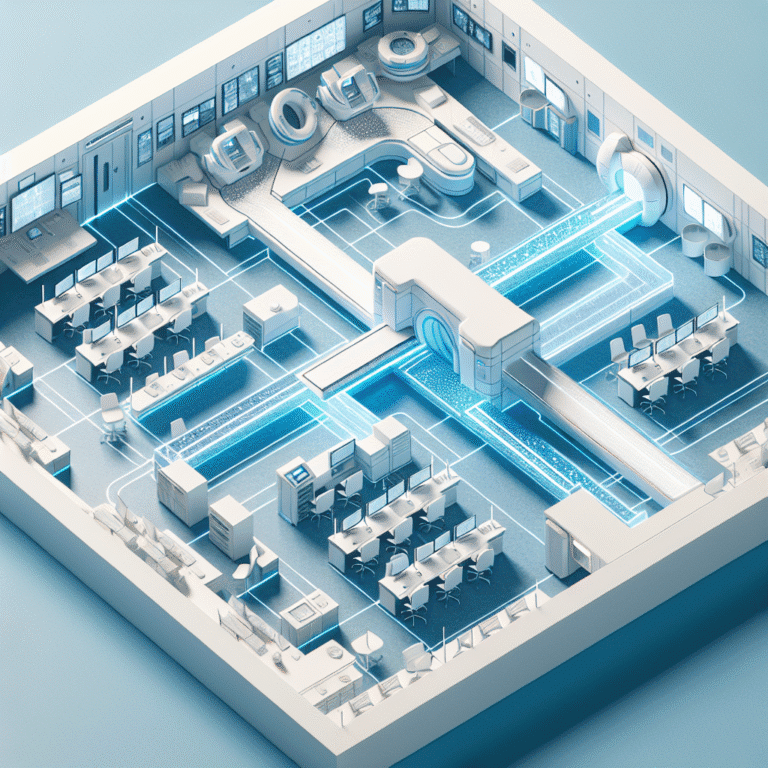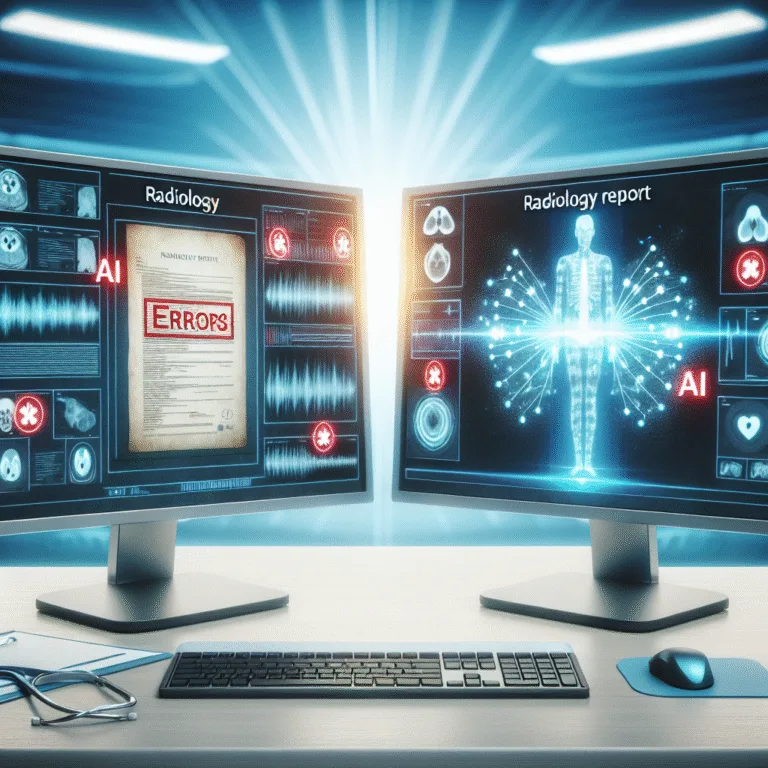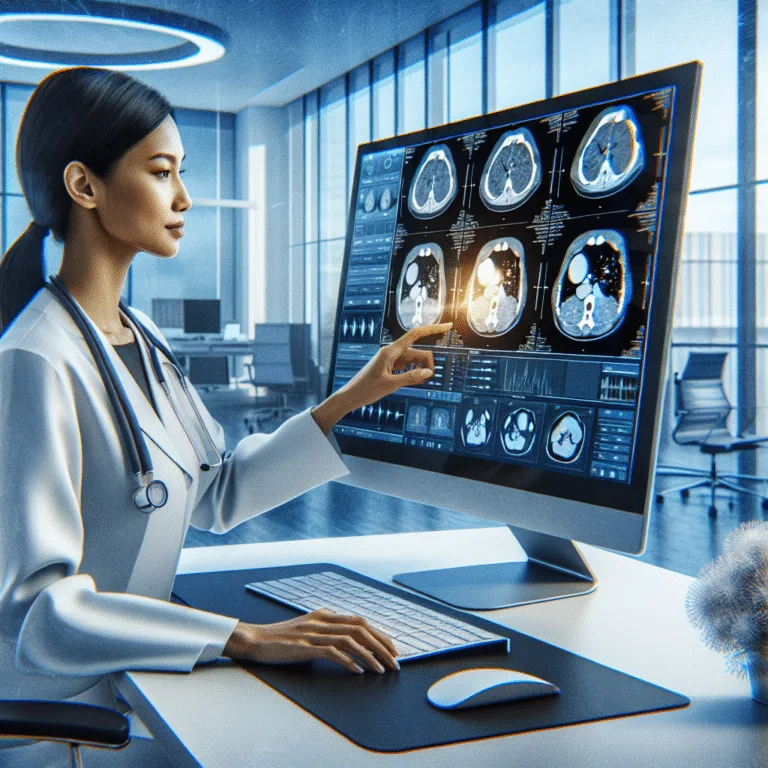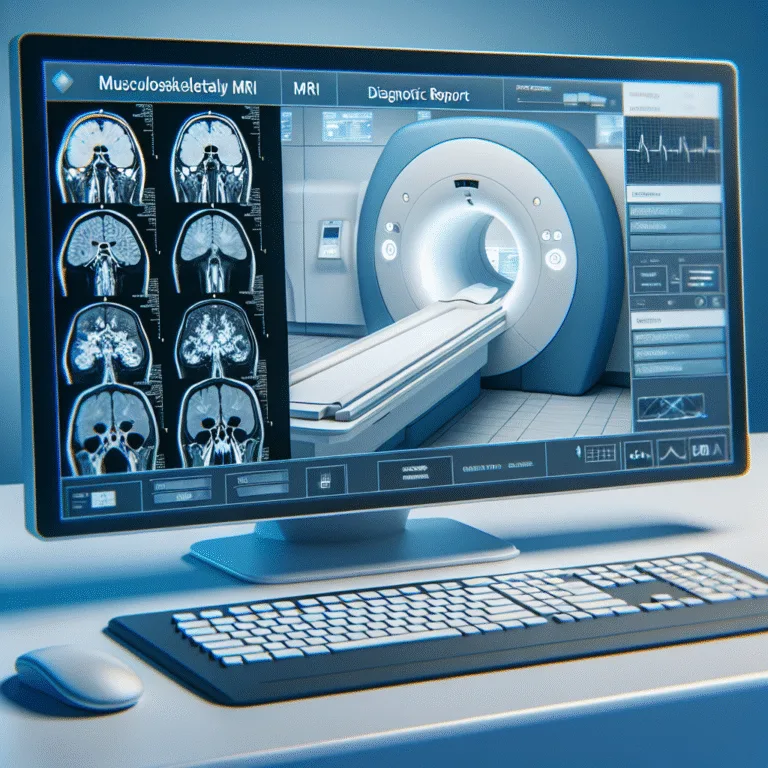Rad AI: how artificial intelligence is transforming radiology
Artificial intelligence is reshaping modern radiology. From assisting in lesion detection to automating reports, Rad AI provides concrete solutions for radiologists.
Introduction
In recent years, Rad AI has emerged as a pivotal force in the transformation of radiology. By integrating artificial intelligence into medical imaging, Rad AI enhances diagnostic accuracy and streamlines reporting processes. This evolution is not just a trend but a significant advancement in the field of radiology.
Applications of Rad AI in Medical Imaging
- Lesion Detection: AI algorithms can identify abnormalities more quickly and accurately than traditional methods, assisting radiologists in early diagnosis.
- Automated Reporting: Tools like Rad Report AI facilitate faster report generation, allowing radiologists to focus more on patient care.
- Workflow Optimization: AI streamlines workflow by prioritizing critical cases, improving overall efficiency.
These applications enhance the quality of care while reducing the workload of radiologists, enabling them to dedicate more time to complex cases.
Benefits of Rad AI
- Increased Accuracy: AI tools reduce human error and improve diagnostic precision.
- Time Efficiency: Automated processes save time, enabling radiologists to handle more cases.
- Cost-Effectiveness: Improved workflow efficiency reduces operational costs in radiology departments.
According to a study published in Radiology: Artificial Intelligence, AI systems can significantly enhance diagnostic performance, particularly in detecting complex pathologies.
Challenges and Considerations
- Data Privacy: Protecting patient data confidentiality is crucial when implementing AI solutions.
- Integration: Seamlessly integrating AI into existing systems requires careful planning and training.
- Regulatory Compliance: Adhering to healthcare regulations is essential for safe deployment.
Addressing these challenges requires collaboration between technologists, radiologists, and regulatory bodies to ensure safe and effective AI implementation.
Future Perspectives of Rad AI
- Personalized Medicine: AI could enable more tailored treatment plans by analyzing patient-specific data.
- Predictive Analytics: Advanced algorithms may predict disease progression, aiding preventive care.
- Global Accessibility: AI has the potential to make high-quality radiology services accessible in remote and underserved regions.
As AI technology evolves, its role in radiology will expand, offering new opportunities for improved patient care and operational efficiency.
Implementing Rad AI in Your Practice
For radiologists interested in integrating AI into their practice, Rad Report AI offers a user-friendly platform for enhancing reporting efficiency. By leveraging AI, radiologists can streamline their workflow and improve diagnostic accuracy.
Explore the capabilities of Rad Report AI by visiting our platform and discover how it can transform your practice.
Sample Radiology Report Template
Patient Name: [Name] Date of Birth: [DOB] Study Date: [Date] Modality: [CT/MRI] Findings: [Detailed findings] Impression: [Summary of findings and recommendations]
Using AI-driven tools, radiologists can generate such reports more efficiently, ensuring accuracy and consistency across cases.
For more insights on AI in radiology, consider reading the article on AI advancements by RSNA.
Conclusion
Rad AI is revolutionizing radiology, offering innovative solutions that improve both efficiency and accuracy. By embracing these technologies, radiologists can enhance patient care and streamline their workflow.
Try Rad Report AI For Free
Experience faster, smarter reporting today.

